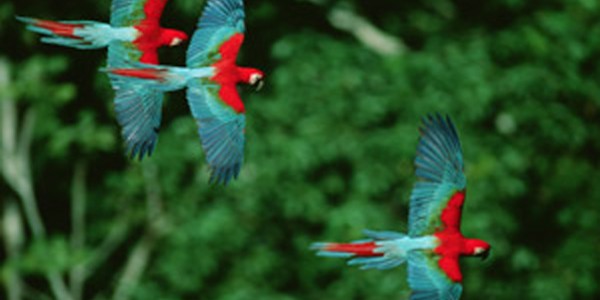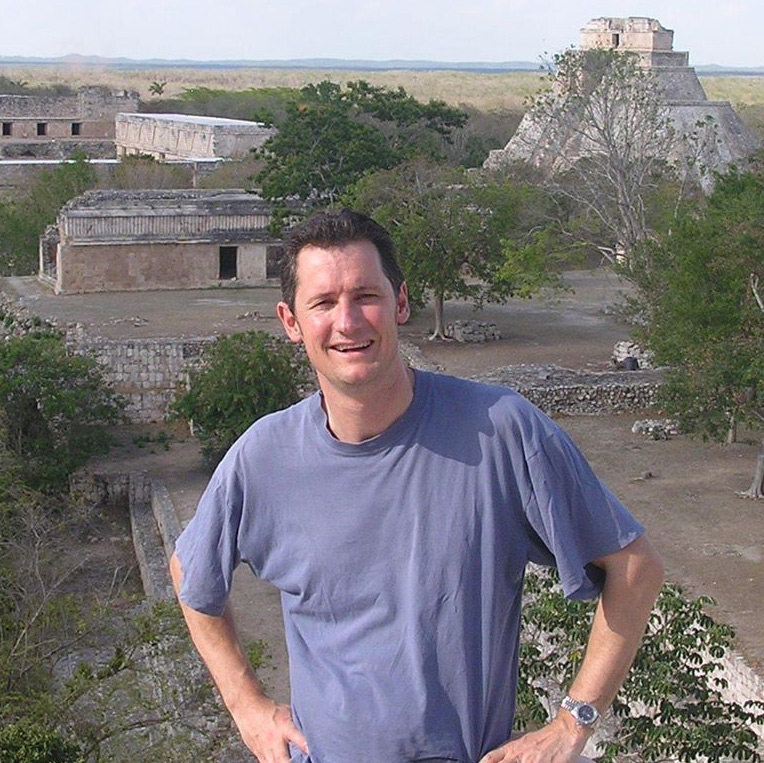Not far from La Paz lie the lush valleys and forested slopes of the Yungas, squeezed in between the high peaks of the Cordillera Real and the green jungles of the Amazon. The comfortable warm climate makes this area a popular tourist attraction, and the small, pretty towns of Coroico in the north and Chulumani in the south are regular favourites with travellers.
Wildlife & National Parks
Why visit Wildlife & National Parks ?
• Learn about the flora, fauna and medicinal plants in Madidi Park
• Search for jaguar and spectacled bear in Amboro National Park
• See vicunas in Sajama, one of the highest national parks in the world
• Enjoy Noel Kempff National Park’s dramatic waterfalls and lakes
• Enjoy 1200 bird species including Harpy Eagle, toucans & macaws
The tiny town of Rurrenabaque in the northwest of the country is the starting point for most wildlife excursions into the Amazon. The vast Parque Nacional Madidi is one of the most biodiverse of all protected areas on earth with more plant and animal species than almost anywhere else. It is home to nearly half of all the mammals known in the Western Hemisphere and a third of the known amphibian and bird species in the world. It is estimated that there are more than 6000 different plant species in the park.
Parque Nacional Amboro, only three hours from Santa Cruz, is one of the last untouched wilderness areas on earth and it encompasses three distinct eco-systems, the Amazon River basin, the foothills of the Andes and the Chaco plain. Nowhere else in the world can one find so many diverse ecological systems that are home to thousands of animal, bird, plant and insect species.
In the far northeast of the Santa Cruz Department lies the stunningly beautiful Parque Nacional Noel Kempff Mercado, said to have even more diversity of wildlife than Amboro, along with some rare aquatic species found nowhere else. There are seven distinct ecosystems within the park, the highest number in a single protected area anywhere on earth.
LOCATION
BOLIVIA KEY INFO
Visa
No Visa is required for UK passport holders.
Health Requirements
No mandatory vaccinations are required.
Time Difference
GMT - 4 Hours
Flight Time
14.5 hours with one stop
NEWSLETTER SIGNUP
Keep up-to-date with the latest travel trends, inspiration for future trips and competitions to win luxury travel vouchers.
Subscribe



















